Sherman Hammons (1903-1988) was an accomplished singer and fiddler, known for his traditional Appalachian style. His music is part of a rich cultural heritage, representing an ancient repertoire of the Appalachian region. Recordings of his work, such as "Sourwood Mountain" and "Christmas Morning," have been preserved and are available for public enjoyment, though they are not intended for commercial use
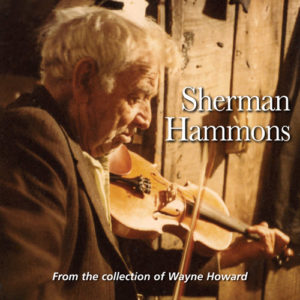






what is the traditional appalachian style of music
Traditional
Appalachian music is a rich and diverse genre that has its roots in the
cultural traditions of various groups, including Anglo-Celtic
immigrants, African Americans, and to a lesser extent, Continental
Europeans. This genre primarily emerged from the Appalachian region of
the Eastern United States and is characterized by its use of specific
instruments, such as the fiddle, banjo, guitar, Appalachian dulcimer,
and autoharp.
The music itself is largely based on Anglo-Celtic folk
ballads and instrumental dance tunes, which were brought to America by
immigrants. These ballads were often sung unaccompanied, typically by
women, and served as a means of preserving the cultural heritage of
families. The instrumental dance tunes, on the other hand, were
primarily for entertainment and social gatherings.
Appalachian music also incorporates elements from African
American music styles, including blues, which have significantly
influenced its development. This blend of cultural influences has
resulted in a unique musical style that has contributed to the formation
of several other genres, including country music, bluegrass, and rock
n' roll.
The traditional music of Appalachia has evolved over
time, with "old-time" music representing a blend of the original
Anglo-Celtic traditions with parlor and vaudeville music,
African-American styles, and Minstrel Show tunes. Despite changes in
popularity and the commercial music industry, traditional Appalachian
music has been kept alive through community events such as Fiddlers'
Conventions, house parties, and back-porch jams.
Instruments play a crucial role in defining the sound of
Appalachian music. The fiddle often takes the melodic lead in old-time
music, while modern bluegrass tends to feature the banjo or mandolin
more prominently. Guitars are typically used for rhythm, alongside the
bass, and percussion is seldom present.
Overall, traditional Appalachian music is a testament to
the cultural melting pot of the United States, showcasing the blending
of various musical traditions and influences to create a distinctive and
enduring genre.
5
1
5
1
3
1
5
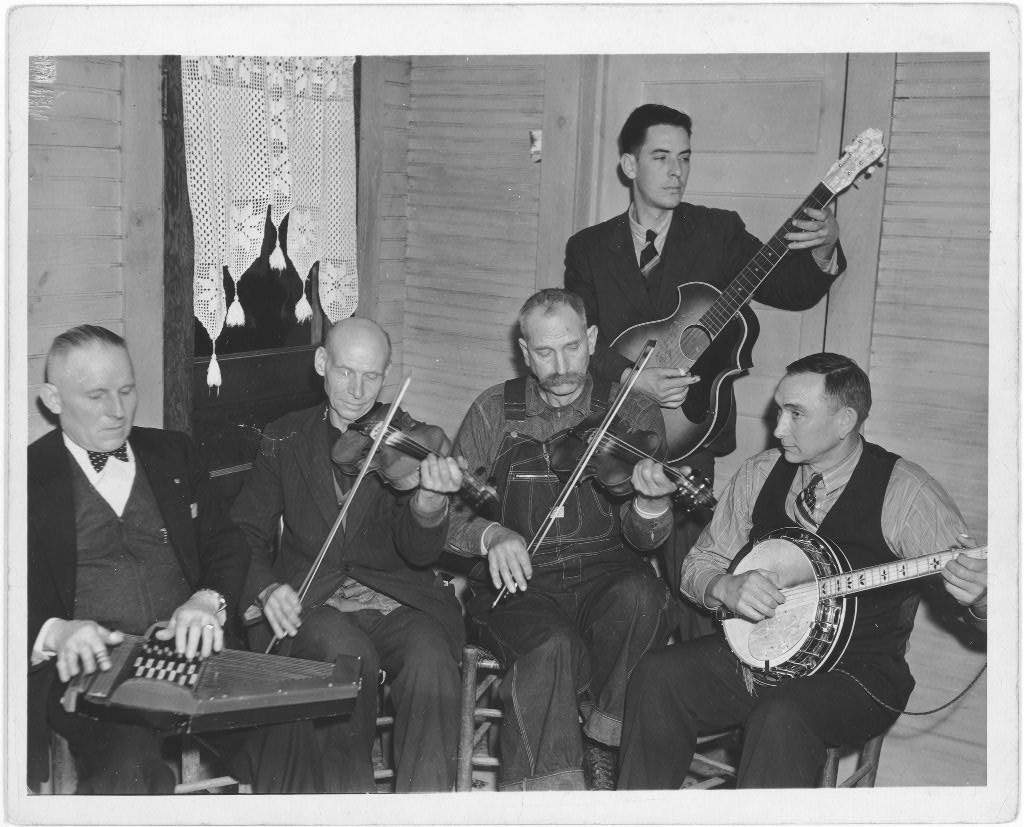
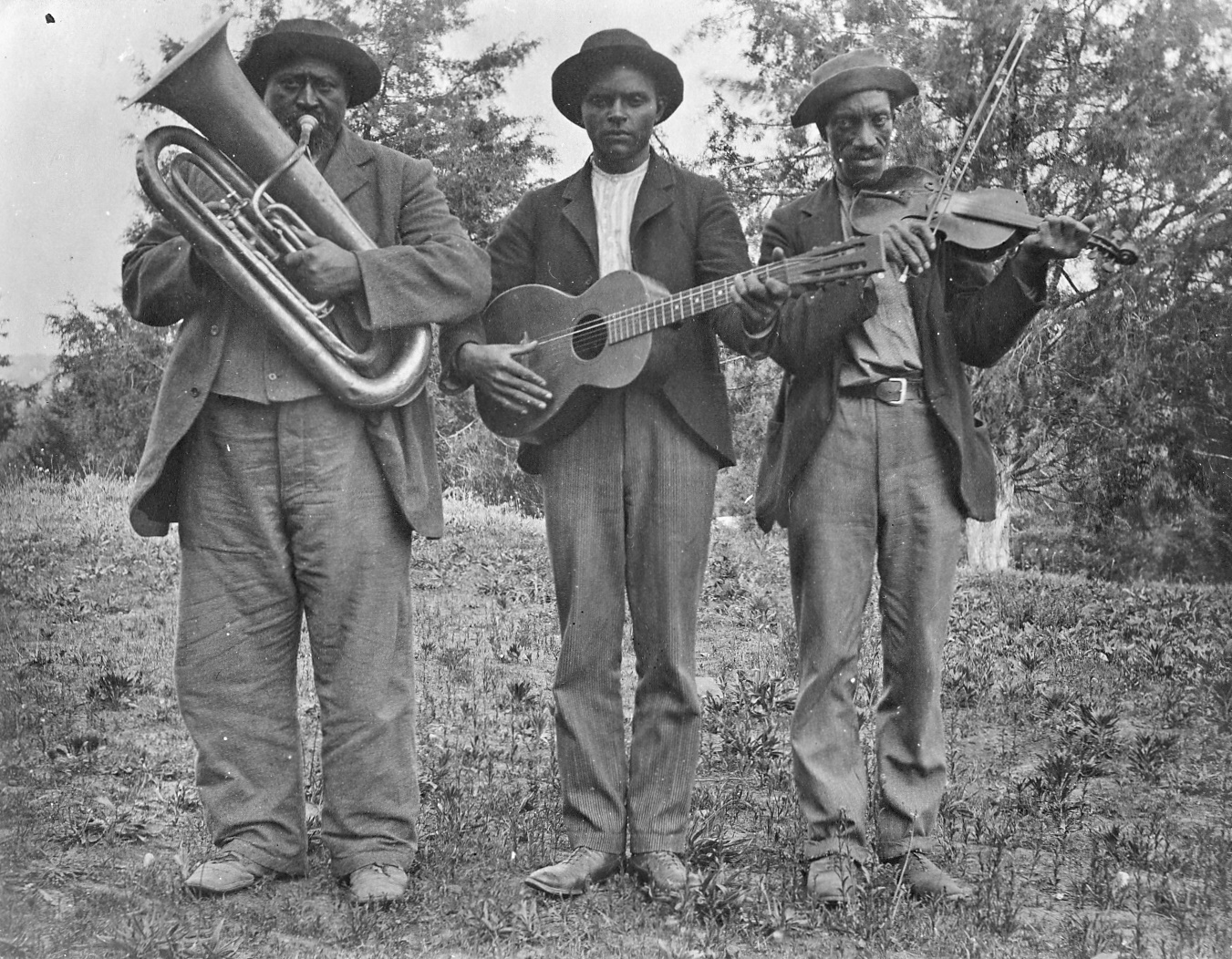


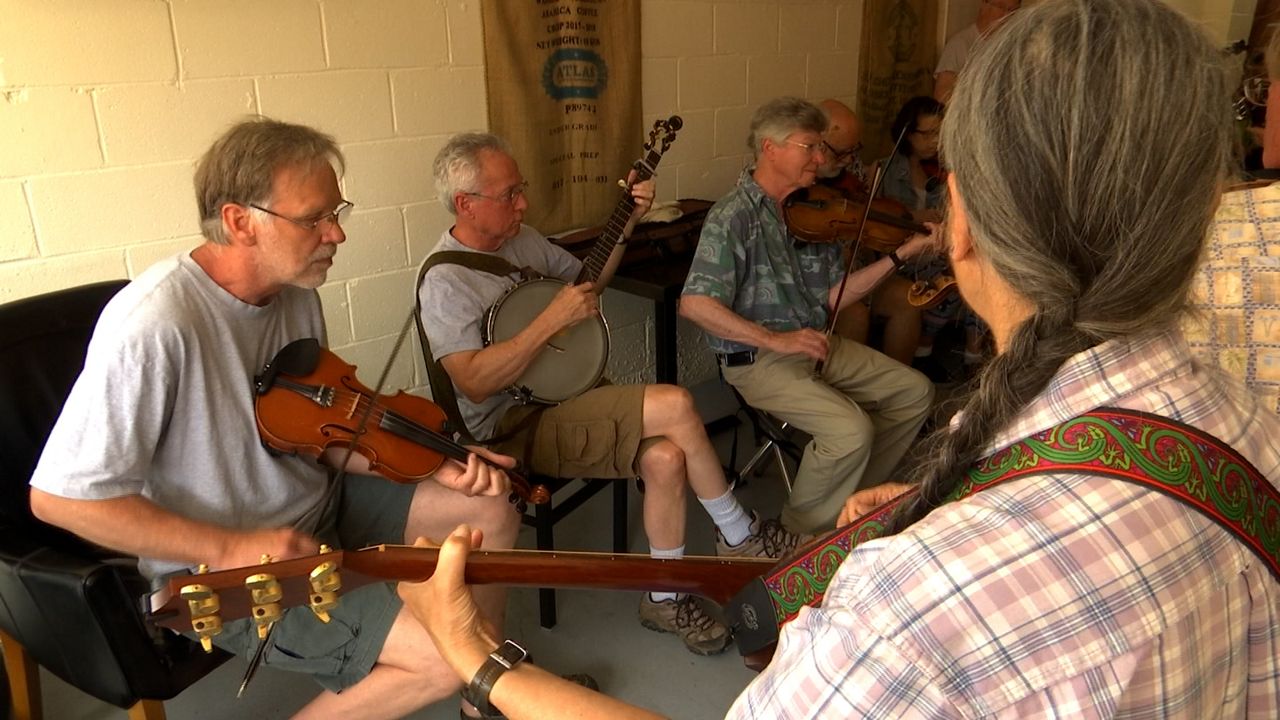
Common instruments used in Appalachian music include:
.
- Fiddle (Violin):
A stringed instrument that plays a central role in Appalachian music,
often leading melodies in both old-time and bluegrass styles.2
- Banjo: A key instrument in Appalachian music, known for its distinctive twang and often used to provide rhythmic and melodic patterns1.3
- Guitar: Introduced later into the genre, the guitar is primarily used for rhythm, accompanying the fiddle and banjo.1
- Appalachian Dulcimer (Mountain Dulcimer): A fretted string instrument that is played on the lap, unique to the Appalachian region and used for melody and harmony1.4
- Autoharp: A
stringed instrument with a series of chord bars attached to dampers,
which mute all the strings other than those that form the desired chord,
adding a harmonic layer to the music.1
- Spoons: A
percussion instrument made from two ordinary spoons held back to back
and struck together, or against various parts of the body, to produce a
rhythmic sound.3
- Washtub Bass: A
simple, homemade bass instrument made from a metal washtub, which
serves as the resonator for a single string attached to a stick or pole,
used to provide bass lines.3
- Mountain Dulcimer: Similar to the Appalachian dulcimer, emphasizing its role in the traditional music of the region.3
- Mandolin: A stringed instrument that adds a bright, percussive sound, often used in bluegrass, which is a derivative of Appalachian music.3
- Psaltery: A less common, ancient instrument, included in broader discussions of Appalachian music for its historical significance.3
- Washboard: A
percussion instrument made from a corrugated metal washboard, played by
rubbing or tapping the fingers or thimbles against it to produce sound.3
1
2
3


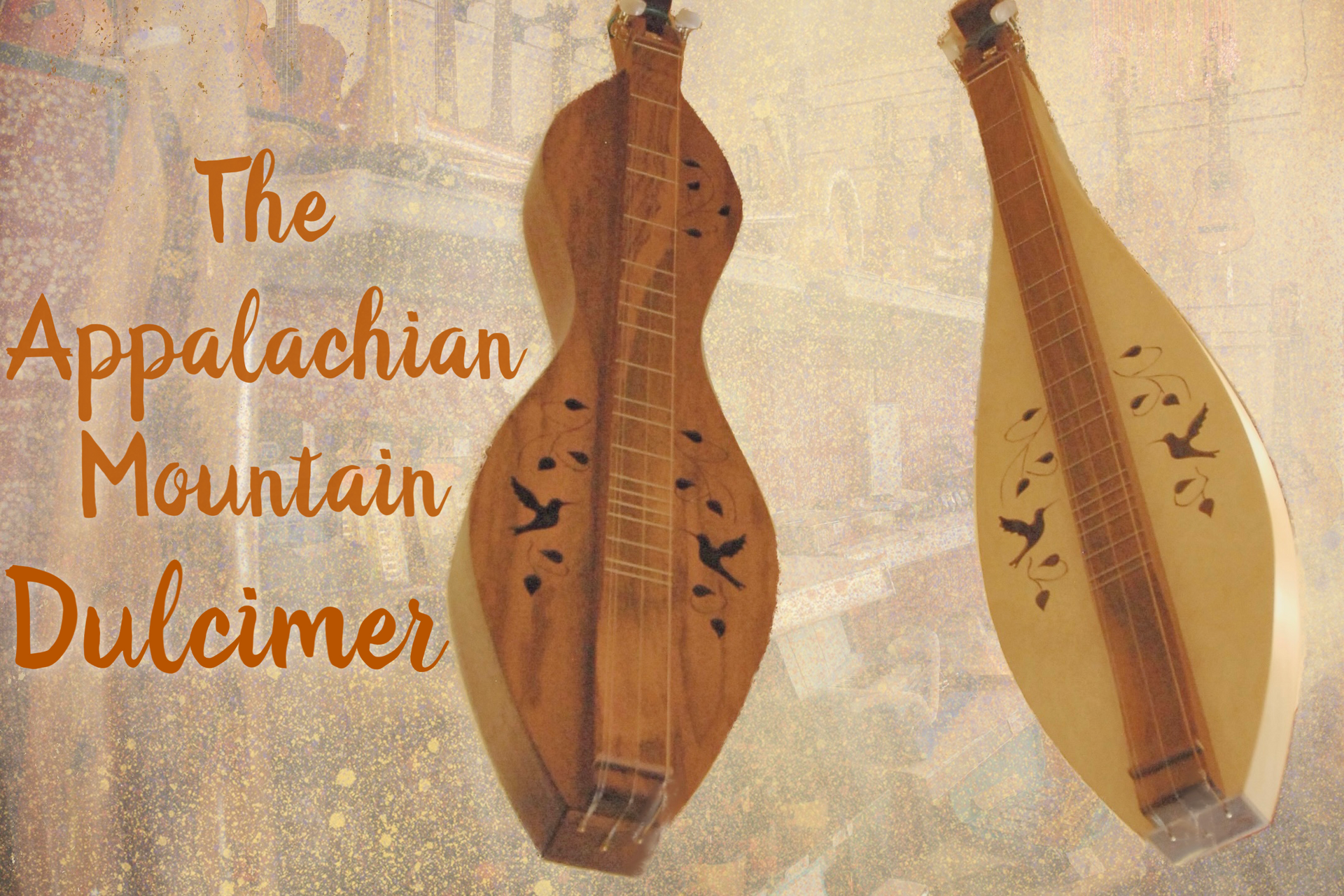
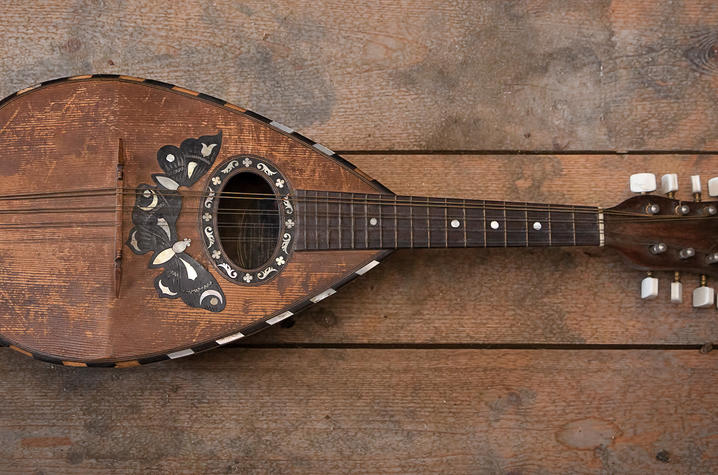

The
banjo has a rich history in Appalachian music, having been originally
brought to America by enslaved Africans. Before the Civil War, the banjo
was a popular instrument for both white and black musicians living in
the Appalachian mountain region, often paired with the fiddle. The
banjo's physical structure evolved over time, and it became widely
accepted by all Southerners. Today, the two most popular banjos are the
resonator banjo, often called the bluegrass banjo, and the open-back
banjo, sometimes referred to as the old-time banjo. The banjo's
introduction to North America during the slave trade led to its quick
integration into the existing Scotch, Irish, English, and Germanic
cultures of Southern Appalachia.
The banjo's presence in the region can be traced back to
the 18th century, and its influence on the development of Appalachian
music has been significant. The instrument's history is intertwined with
the cultural exchange and blending of musical traditions, making it a
fundamental component of the distinctive sound of Appalachian music.
1
3
5
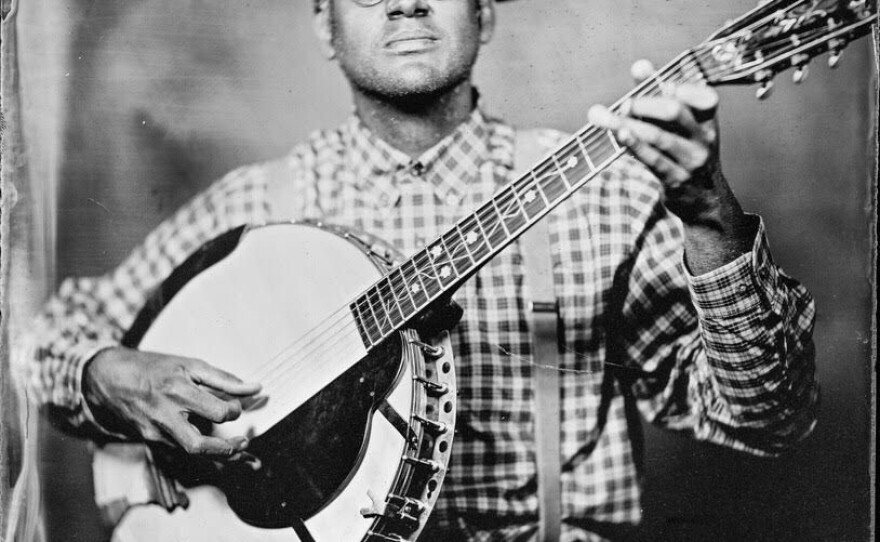




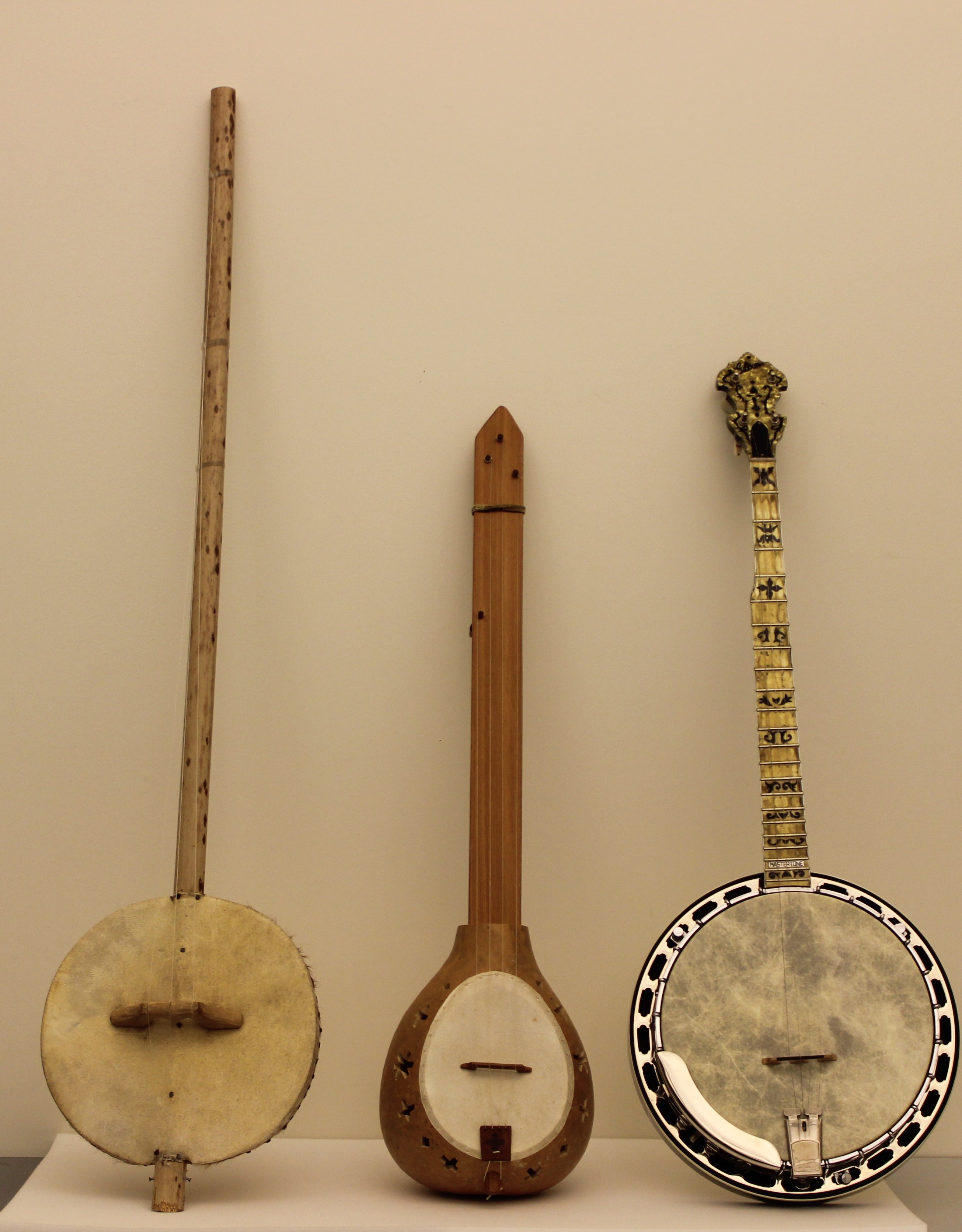
Some famous Appalachian musicians known for their mastery of the banjo include:
.
- Earl Scruggs: A
pioneering figure in bluegrass music, Scruggs developed a distinctive
three-finger picking style that has had a profound influence on the
genre. His innovative techniques brought the banjo to the forefront of
bluegrass music.1
- Charlie Poole:
An influential figure in early 20th-century country and old-time music,
Poole's style and recordings have left a lasting impact on the banjo's
role in Appalachian music.1
- Snuffy Jenkins:
Credited with pioneering the three-finger banjo picking style that Earl
Scruggs would later popularize, Jenkins was a key figure in the
development of bluegrass music.1
- Raymond Fairchild:
Born in Cherokee in 1939, Fairchild is known for his fast and intricate
banjo playing. He has been a world-famous banjo picker since the 1970s,
making significant contributions to the Appalachian music scene.2
- Fiddlin' John Carson:
One of the early recorded Appalachian musicians, Carson's work in the
1920s helped popularize old-time music, with the banjo playing a central
role in his recordings.3
- Bascom Lamar Lunsford:
Known as the "Minstrel of the Appalachians," Lunsford was instrumental
in the preservation and promotion of Appalachian music and culture,
including the banjo.3
- Dock Boggs: A
prominent figure in the old-time music scene, Boggs' unique banjo
playing style and haunting vocals have made him a legendary figure in
Appalachian music.3
1
2
3
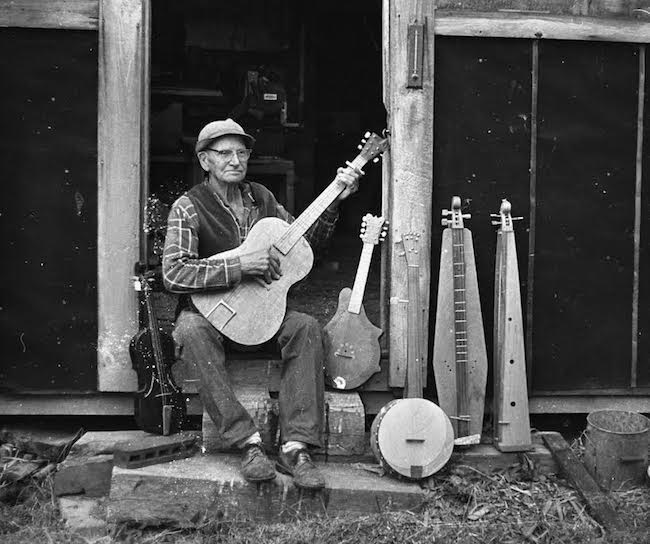
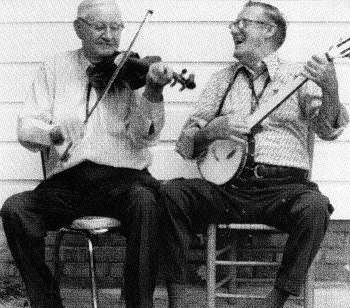

- The Carter Family:
A renowned American folk music group that formed in the 1920s, known
for their influence on country music and their contributions to the
Appalachian music tradition.3
- Rising Appalachia:
An American Appalachian folk music group led by multi-instrumentalist
sisters Leah Song and Chloe Smith. Their music is deeply rooted in the
landscapes of Atlanta, New Orleans, and the southern Blue Ridge
Mountains of Appalachia.5
- Mandolin Orange:
An earnest Americana duo known for their contributions to the
Appalachian music genre, blending various musical influences in their
work.2
2
3
5
.png)


No comments:
Post a Comment